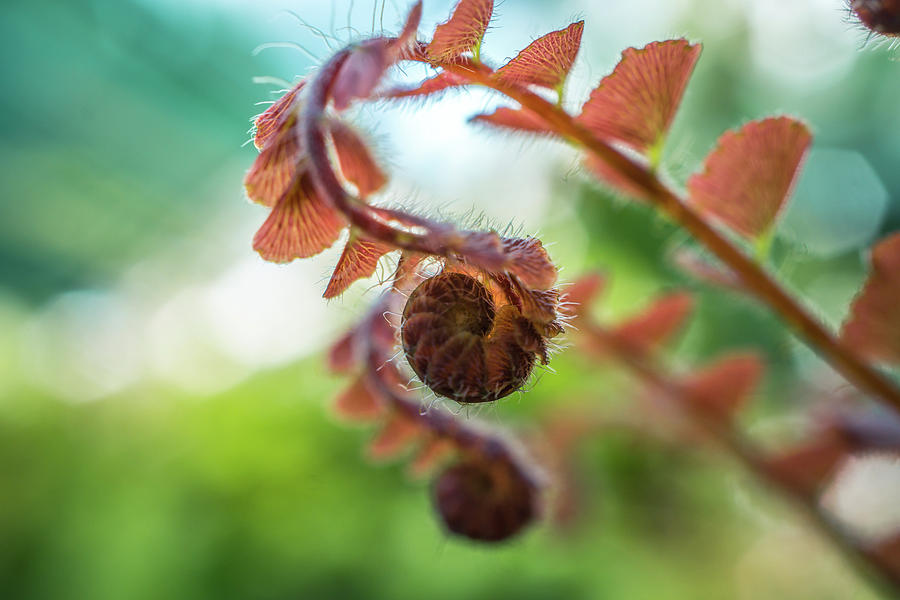
Botanical Golden Ratio

by Lilia S
Title
Botanical Golden Ratio
Artist
Lilia S
Medium
Photograph - Photography, Photo
Description
None
Uploaded
October 6th, 2017
Statistics
Viewed 279 Times - Last Visitor from Wilmington, DE on 04/19/2024 at 3:26 AM
Embed
Share
Sales Sheet
Comments (1)

Barbie Corbett-Newmin
Phyllotaxis is an example of the Fibonacci Sequence in nature. The term phyllotaxis means "leaf arrangement" in Greek and was coined in 1754 by the Swiss naturalist Charles Bonnet. In the 1830s, a pair of scientist brothers found that each new leaf on a plant stem is positioned at a certain angle to the previous one and that this angle is constant between leaves: normally about 137.5 degrees. Botanists define the golden or phyllotactic ratio as the fraction of a circle through which a new leaf turns from the previous (older) leaf. Also, a few centuries after Fibonacci, this number was named the divine proportion, and then in the 1800s, the golden ratio. The golden section can be observed in branching systems, phyllotaxis, flowers and seeds, and often the spiral arrangement of plant organs.


















































